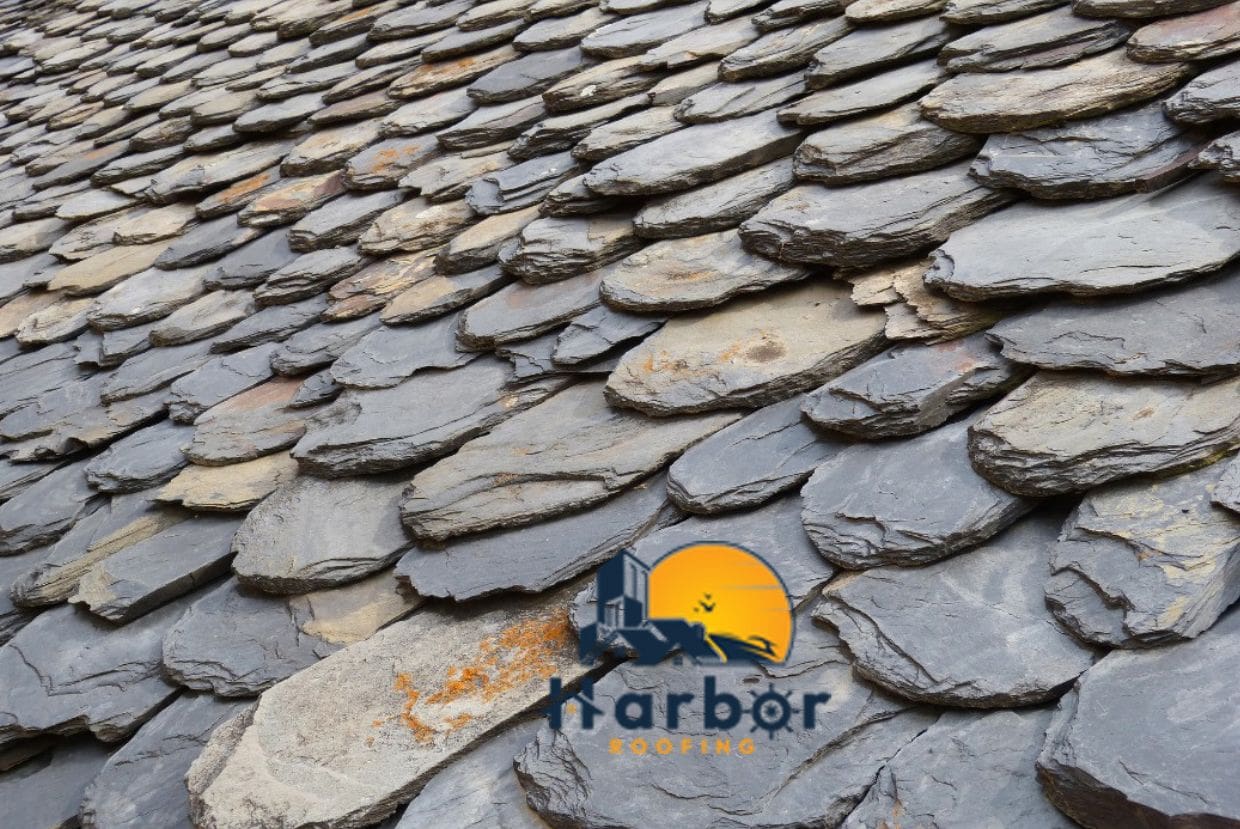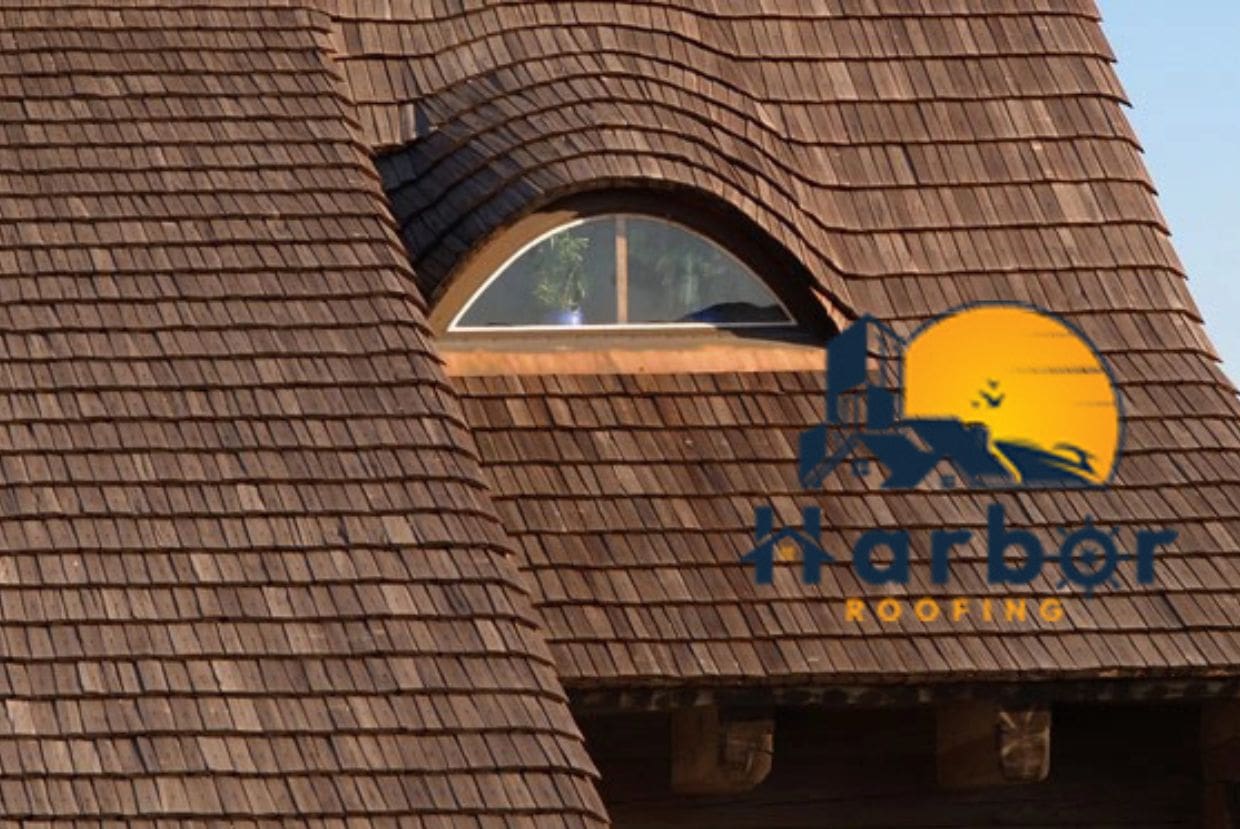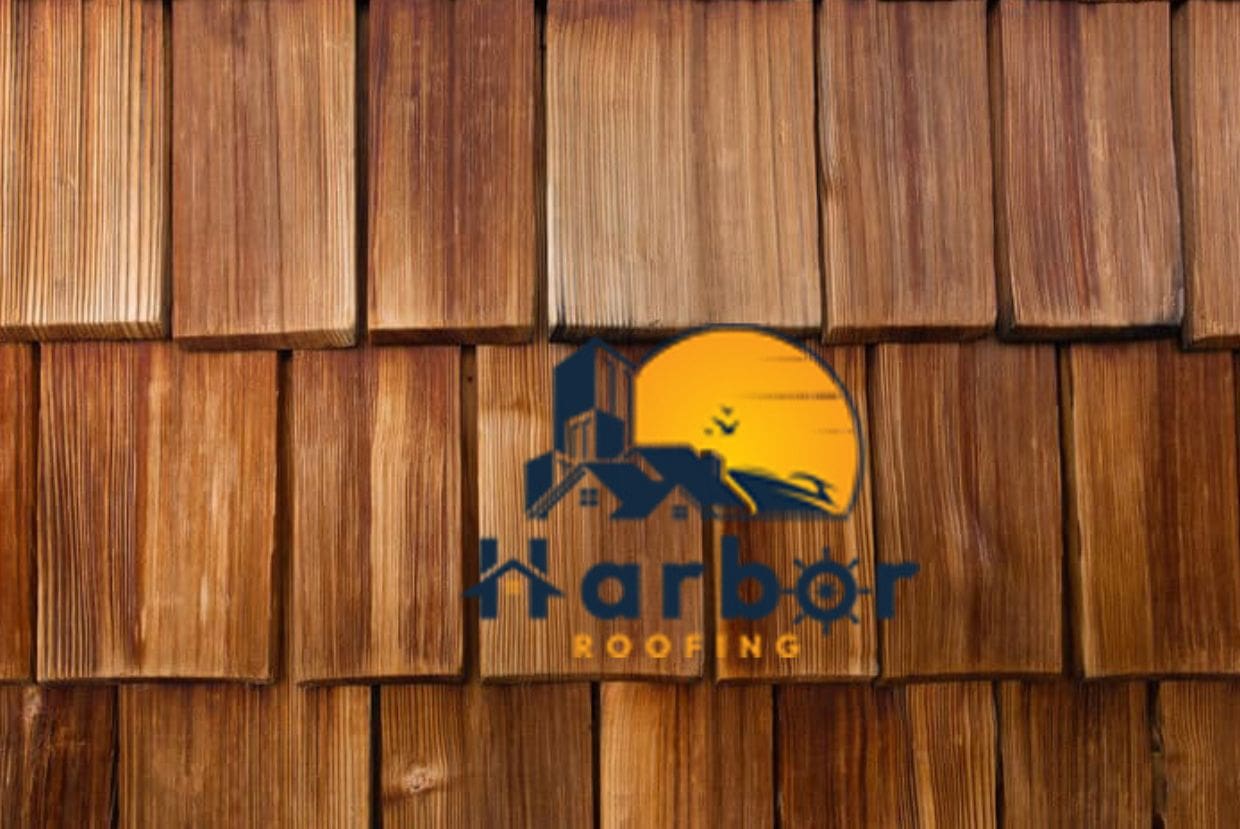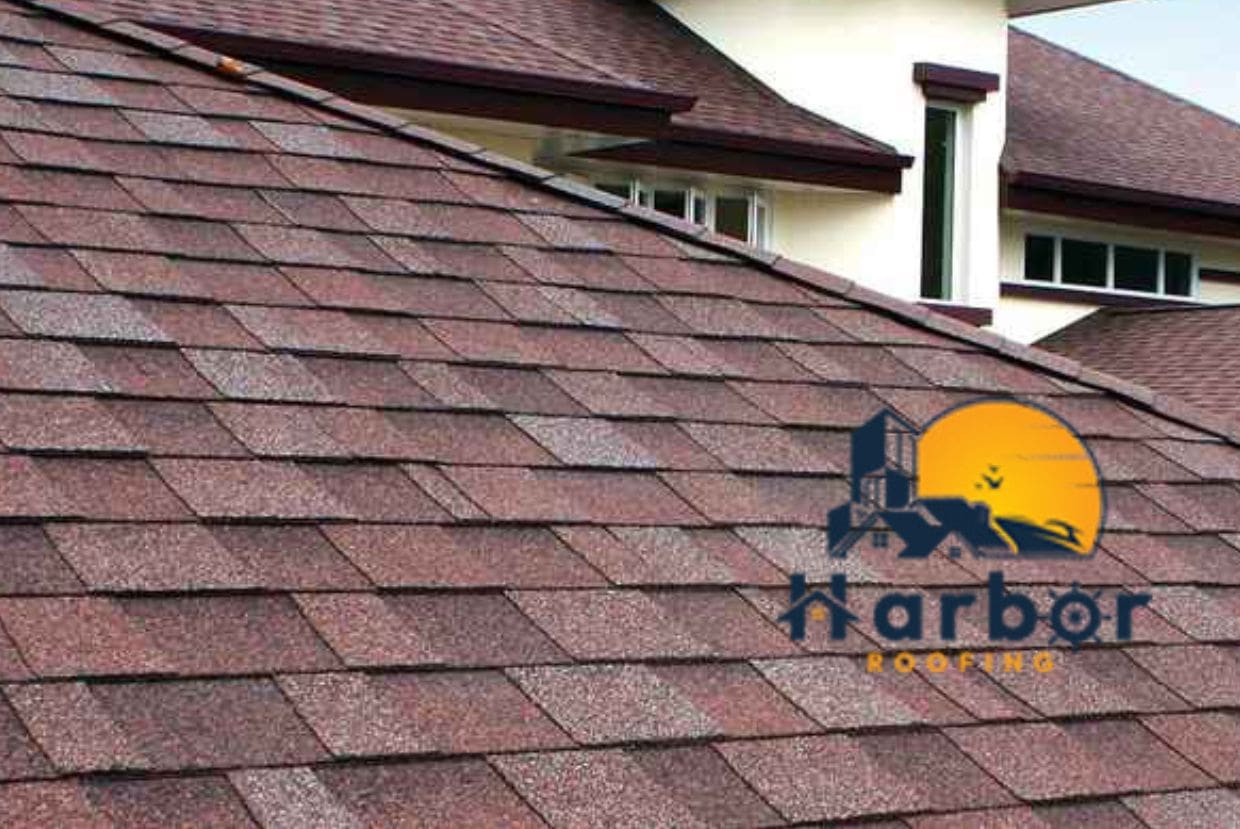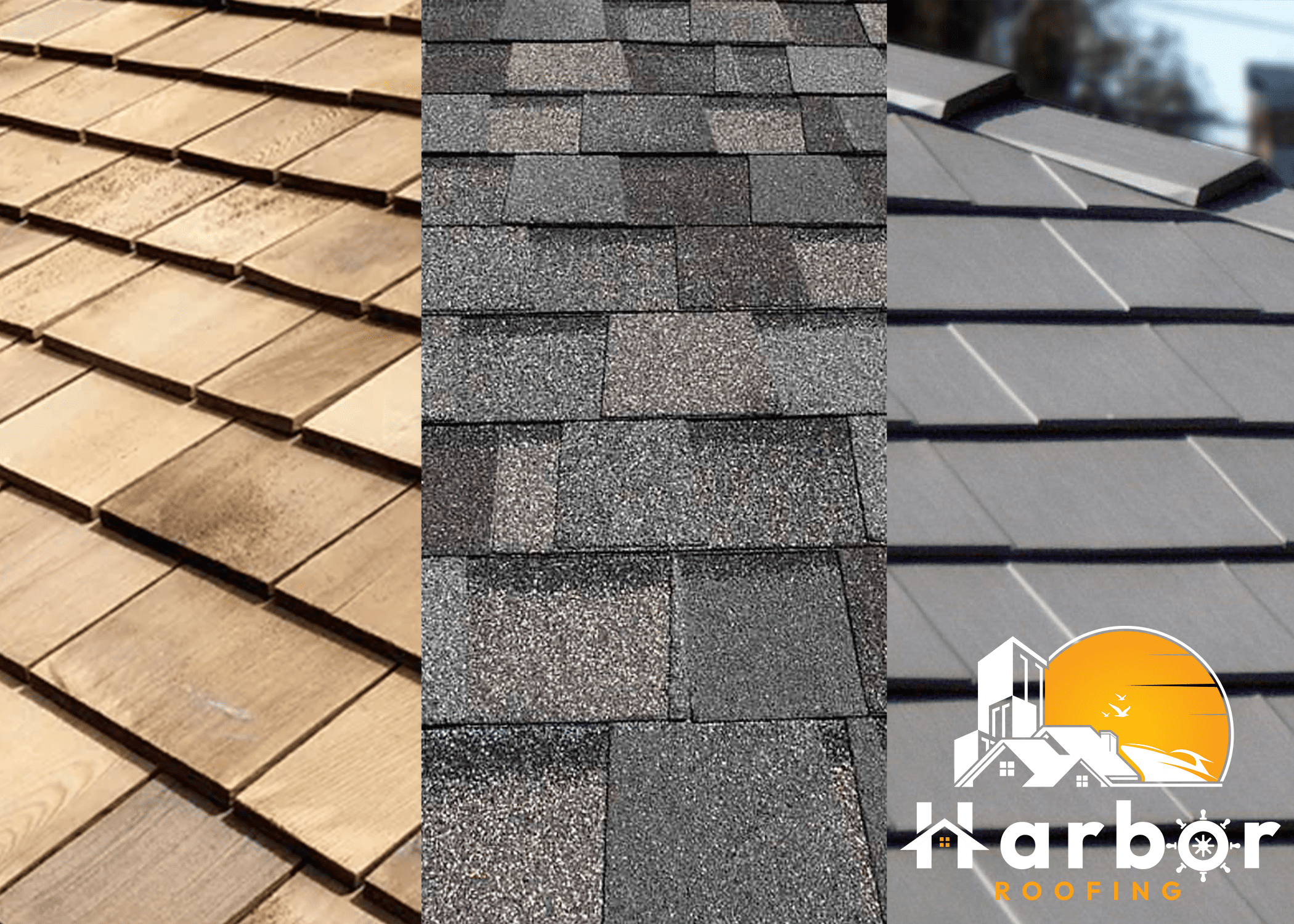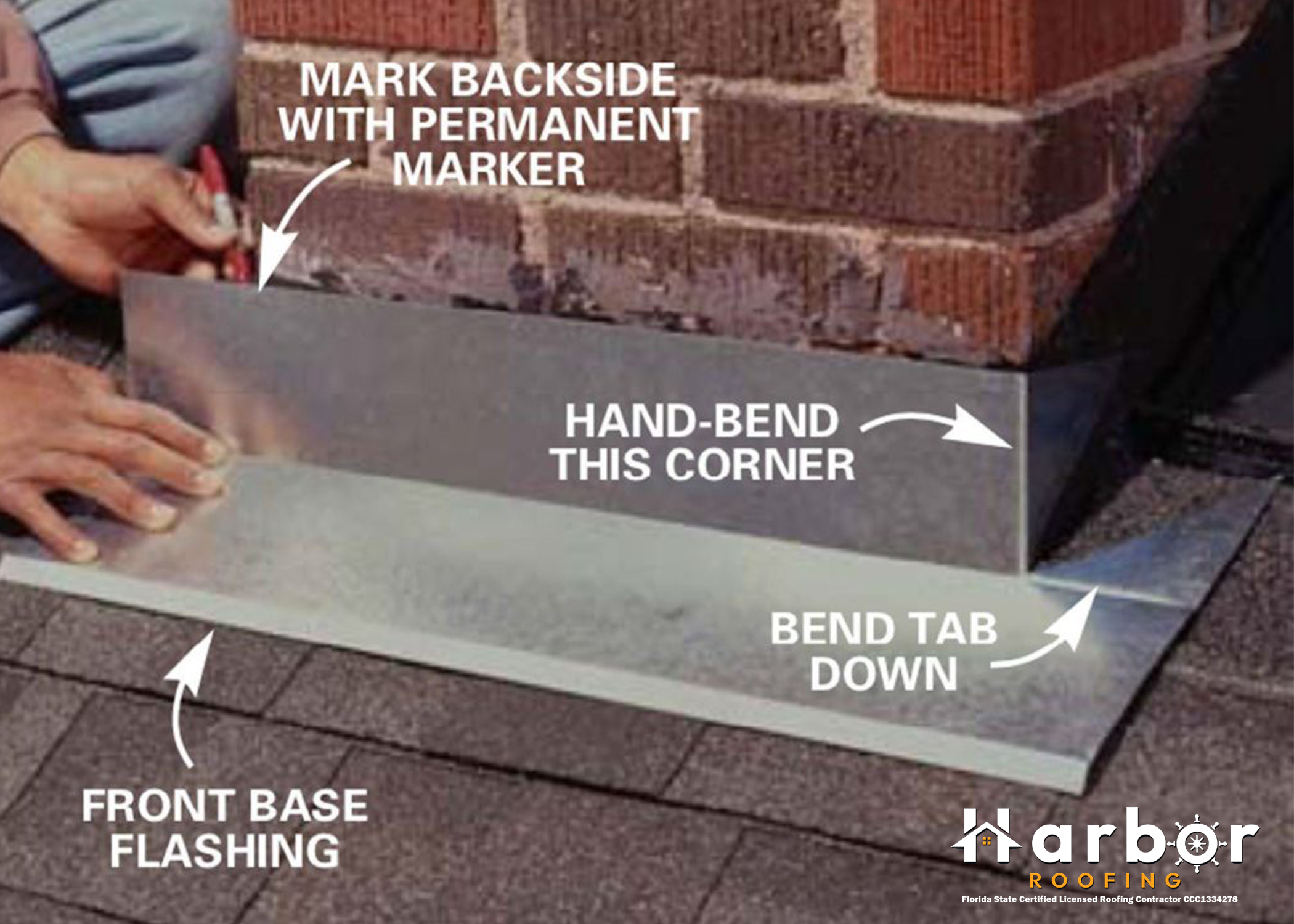A clerestory is an upper-story window wall or gable that extends from the ceiling to the roof. There are two sloping sides to this roof, one beneath the tier of windows and one above them. From its name, “clear story,” a clerestory roof is designed to do two things: let in lots of fresh air and light. These roofs improve the aesthetics and practicality of a house, but they require regular upkeep.
We have included everything you need to know about this type of roof in this article. Read on to find out what a clerestory roof is and what you need to know about it before installing one.

What Is a Clerestory Roof?
A clerestory roof has a window or series of windows set high up in a wall directly above another roof.
Clerestory homes often have two sloping roofs and an extra, slightly elevated wall for the clerestory windows. It’s possible to have a symmetrical or asymmetrical design with this roof style. Installing a vertical wall between the two slopes is the key to completing this roof. The windows in this vertical wall are still above head height.
You can install a clerestory roof, which comes in various styles, in every room of the house. Clerestory windows are a beautiful addition to any room, whether a living room, kitchen, library, or bedroom. Natural light can be let in through clerestory windows, lighting up the entire room softly.
Because of their elevated positioning, these windows are designed to shield the occupants’ eyes from the sun.
You can construct this roof with any typical roofing material. There are a number of critical considerations that you put in place in regard to the material selection. This includes things like climate, weather, humidity, architectural design, and so on.
History Clerestory Roof
The use of clerestory windows in roof construction stretches back to ancient Egypt and the Roman Empire. The Egyptians cut slits into high stone bricks, which they utilized as a light source in ancient Egyptian temples. Such roofs also played an essential role in ancient Roman architecture, especially in basilicas.
Some of the first churches to be built in Europe also featured clerestory windows. According to the Bible, King Solomon erected a temple with a clerestory roof. People used them because the windows let natural light into big houses while keeping people from looking in. Because of these benefits, people still use this roof design in many commercial and residential structures today.
Types of Clerestory Roofs
- Symmetrical: In a symmetrical clerestory roof, the two sloping roof panels form a triangle above the building’s peak and almost meet in the middle, much like a gable roof.
- Asymmetrical: Asymmetrical clerestory roofs are more like a skillion roof. It has high windows on the flat vertical wall just below the largest part of the roof panel and one roof panel that slopes down.
Pros and Cons of Clerestory Roofs
Pros
- Improve natural light: One of the best things about clerestory roofs is that they let a lot of natural light into a room. Compared to windows at eye level, the light coming in from above makes the room feel more natural and gives it a more relaxed, natural feel.
- Improved ventilation: The high windows are especially helpful in hot places because hot air rises and can leave through the tall windows, which cools the building down. This means buildings with clerestory roofs can cool down faster than buildings with regular windows at eye level.
- Creates more wall space: The windows are not at eye level; this leaves the walls at eye level available for other use. This means that more wall area will be available to hang pictures, mirrors, and bookcases. Without having to care for the window position, you can simplify your furniture placement.
- Provides privacy: Clerestory windows allow natural light to flood an area while protecting the privacy of its occupants. The tallness of the windows ensures that no one on the outside can see what goes on inside, providing a sense of security to the residents.
- Enhance visual appeal: Besides their many practical benefits, clerestory roofs are aesthetically pleasing. Buildings with clerestory roofs stand out from the crowd since they don’t have the typical flat roof.
- Environmentally friendly: Because of their ability to let in more natural light and reduce the need for artificial lighting, clerestory roofs are a popular choice among modern home designers who are conscious of their environmental impact. As a result, residents use less power and electricity, making this a more sustainable and environmentally friendly option than traditional roof designs.
Cons
- Easy escape of heat: The fact that clerestory roofs lose more heat than normal windows at eye level is no news. In a solid ceiling and roof, heat stays in, but heat rises and can leave better through windows. This isn’t as important in hot climates, but it can be a problem in cooler climates. It causes you to consume more power and pay higher energy bills to heat the home.
- High maintenance: If you have a clerestory roof with a row of windows, you need to keep them in good shape, check for air leaks, and replace them as needed.
- Keeping light out: Clerestory roofs are made to let more light into a room. But what happens when you don’t want the light? Like when you want to make a dark room for a dinner party or you just want to take a nap during the day. The solution would have been using blinds, but a lot of people think that putting blinds on clerestory windows makes them look awful. This still leaves them with the problem of not being able to block out the light.
- The challenge of finding the right window covers: The problem with finding the right window coverings is that clerestory roofs can be hard to deal with. It is hard to find blinds or curtains that fit them and even harder to operate them from the ground.
Tips for Building a Clerestory Roof
When making a clerestory roof, you can use any material for it. You can also cover the roof planes with anything from solar panels to shingles. You can choose from almost as many kinds of window glass as well. Often, people use a double-glazed method to make the window glass for a clerestory wall and roof.
A clerestory roof is not a typical roof design and is not easy to build correctly. As a result, you will need to hire a professional roofer. It may take a while to find a roofing professional who knows how to frame and build this roof right, and they will definitely charge you more for their help. A clerestory roof takes a lot of time and materials to make because it has two different roof sections and a row of windows. This roof design will cost more than other designs when you want to put it on your house.
Today’s homebuilders like the clerestory roof style again because it is a great “green” choice. The clerestory windows let in light, airflow, and sun heat, which can help the building use less energy. Additionally, clerestory windows can make a room too hot in the summer and too cold in the winter.
Also, it’s not easy to find shades for clerestory windows so that you can control how much natural light and heat they let into your home. If you want to build a clerestory roof, make sure you work with a professional roofer. Set the windows back against a thick wall and face the sunny side of the house to let in light. Ensure you can open and close the windows quickly and easily if you want to use them for airflow.
Conclusion
A clerestory roof has several benefits, including the house getting plenty of natural light and sometimes even lowering heat gain from the sun. Despite its many benefits and unique features, we can’t ignore the fact that a clerestory roof can also be problematic. We recommend buying high-quality windows that are suitable for your area if you want a clerestory roof.
Did you find this guide helpful? We hope you did. Feel free to check out the guides for other roof designs.
Frequently Asked Questions
Can any window be installed in a clerestory ceiling?
If you have a clerestory roof, you can personalize it by installing any windows you wish. These days, it’s common to find clerestory windows that are permanently installed in many buildings. Because you can’t open these windows, they maintain a tight seal.
How many windows can a clerestory have?
The number of windows in a clerestory roof varies widely depending on their size. One enormous horizontal window can replace a number of smaller ones.
Where do you usually see a clerestory roof?
Historically, clerestory roofs were only installed in massive and significant public buildings. This is true of temples and churches from all periods, as well as factories and warehouses from the Industrial Revolution. However, as today’s homes have gotten larger and grander, clerestory windows have become increasingly common.
Can you use a clerestory roof on a barn?
Yes, you can. When you put a clerestory roof on a barn and face it north, the sun’s heat can help heat the house.
